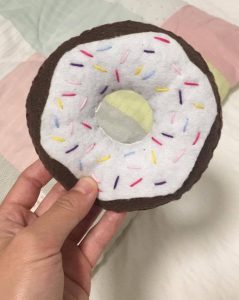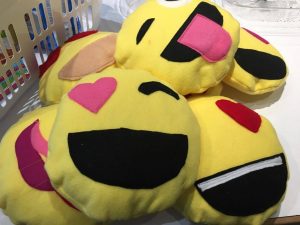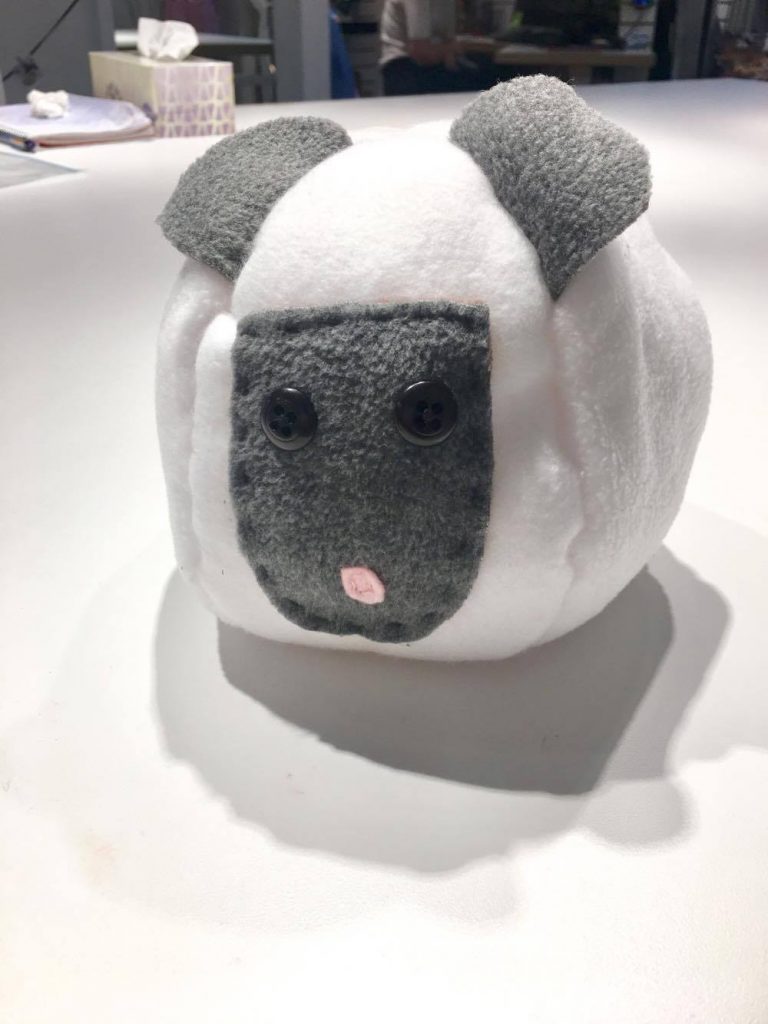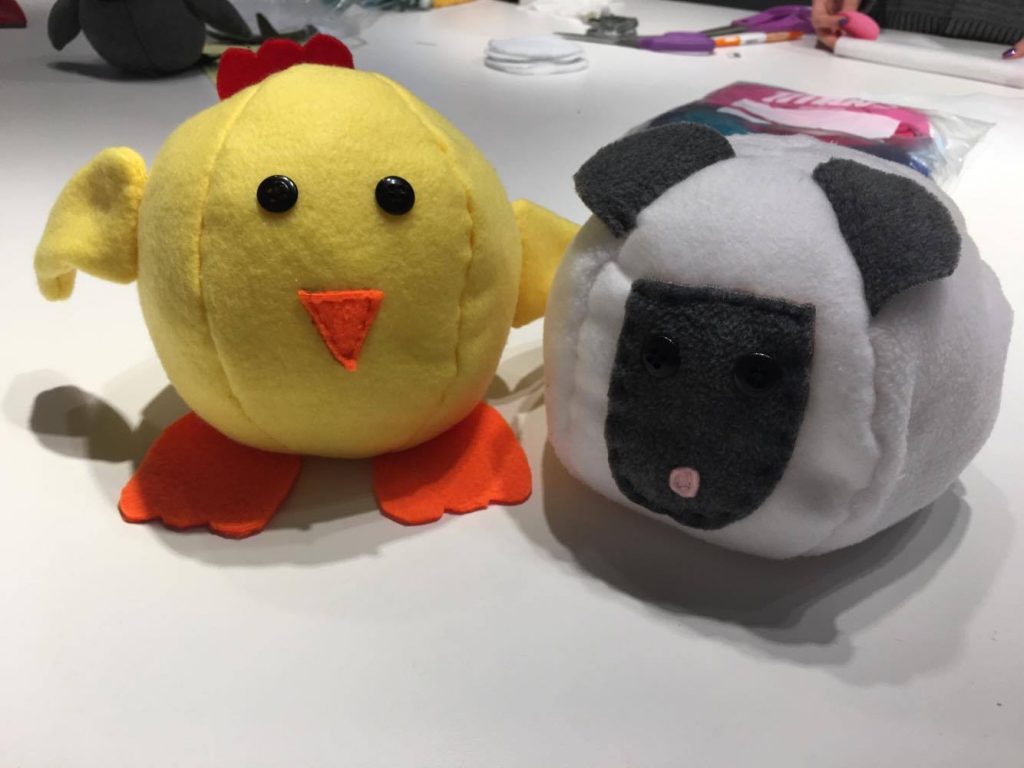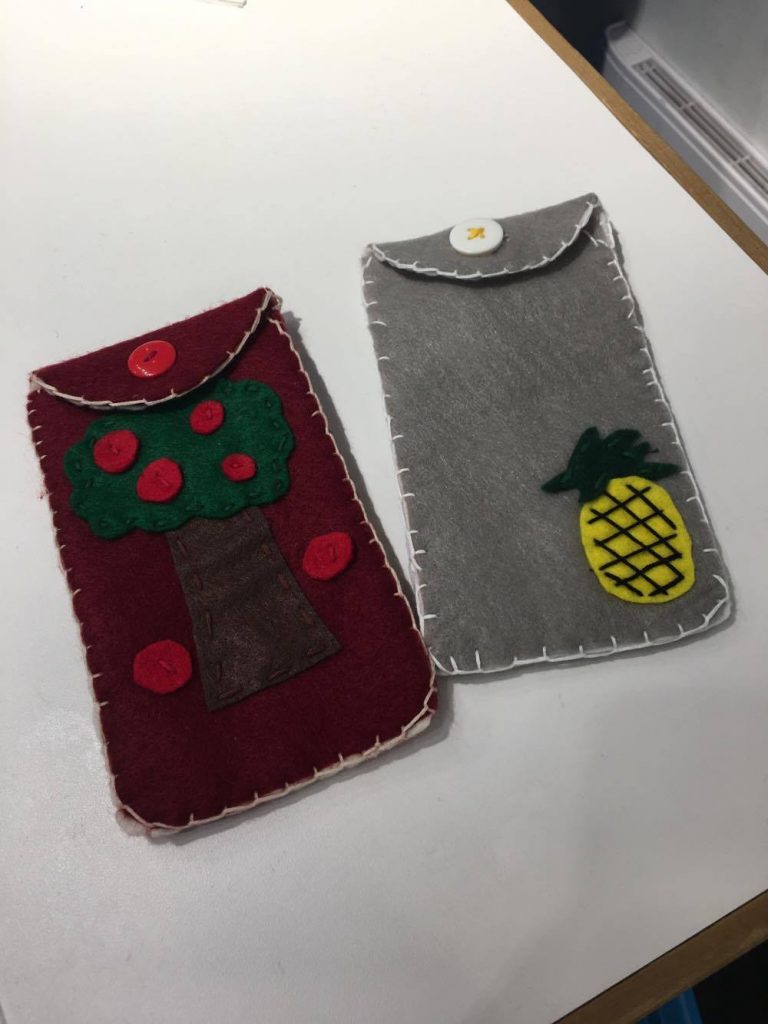CFE Reflection Week One – Myrna Ordona
For Kerri Wallin
What a change of atmosphere! From a busy and intense 10-week long practicum, to a quaint, relaxed sewing studio. I am grateful for where I have chosen to do my community field experience. Sewing is a hobby of mine and I am open to the opportunity of teaching it to students in the future. But prior to starting the CFE, I was actually a bit nervous. Yes, I enjoy to sew, but can I teach it?
The requirements of the CFE do not necessarily have us teacher candidates lead a sewing class, but more to assist students with their sewing projects. We are also expected to plan a hand stitch project to be done during lunchtime for elementary school students between grades 3 and 5. The project is supposed to span over 8 weeks and appropriate for beginner level. Like a unit plan, we have to break the project down week by week and have ideas for “fast finishers.” For some creative therapy, we can indulge in our sewing hobby and assist the studio manager in creating sample projects for future sewing classes. The studio hosts birthday parties as well for children 8 years and up; us teacher candidates will assist with those.
One big adjustment for me is the age group of students. In my long practicum, I taught a multi-age group of students from Kindergarten to Grade 2. I am so used to running around tables handing out materials, checking work constantly, being asked questions constantly. In this CFE setting, the students are majority female and in the intermediate grades. They had already begun their projects when our placement started and most of them work independently. Even the chatter amongst them was something to get used to! The independent work was a nice change, and the fact that I have my own sewing skills, helping them wasn’t so challenging. Another big adjustment is the toned down classroom management and discipline in this kind of educational setting. Because these students are considered “clients”, there is no “taking time off gym or centres” or seeing the principal. If anything, the noise level just needs to be controlled and making sure the students are on task and safe around the sewing machines.
A similarity I have seen so far in this CFE is the prep time for sewing classes and projects. Prep needs to be done at least a day in advanced for sewing classes and events like birthday parties. Materials need to be in stock and organized, photocopies of patterns and guidelines need to printed, and all necessary cutting needs to be done. When a project is put together, it is like a unit plan: What needs to be accomplished weekly? Daily? What materials are needed? Is it sufficient for the plan as a whole?
So far, I am quite pleased with my CFE placement. I am enjoying the environment and having a different perspective on education.
